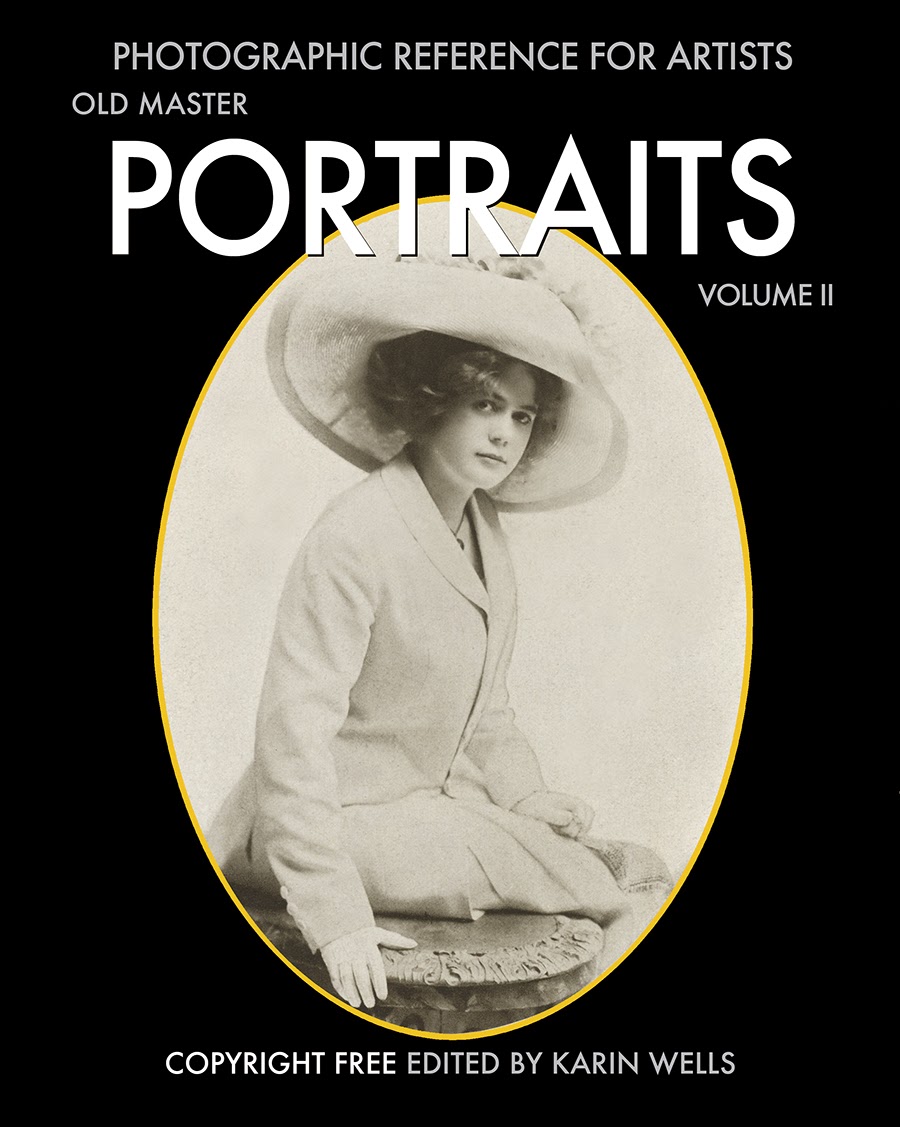Three painters. One city. And four decades of artistic rivalry...
* In the sixteenth century, Venice was one of the largest and richest cities in Europe. A steady demand for paintings from both local and international clients fostered a climate of exceptional competition and innovation.
Titian, Flora, about 1516-18. Oil on canvas.
Titian began his career in the workshop of Giovanni Bellini, a master of late medieval style. By the early 1500s, a sea change was occurring in painting, leading to the development of the Renaissance style. Titian emerged from Bellini’s workshop to become a master of this style, imbuing it with a uniquely Venetian character. Here, he paints his mythological subject with soft colors and delicate brush strokes.
Tintoretto, Self-Portrait, about 1546. Oil on canvas.
Tintoretto came onto the scene a generation after Titian and, like fellow rival Veronese, was forever playing off of the master. This early self-portrait was done when he was emerging as a noteworthy challenger to Titian. His intense, challenging gaze and concern with movement foreshadow his later dramatic compositions.
Titian, Supper at Emmaus, 1533-34. Oil on canvas.
In this scene from after the Crucifixion, two disciples journeying to Emmaus are joined by a stranger. When the stranger blesses and breaks the bread at supper, the disciples recognize him as Christ. Painted in a sumptuous interior, this scene from the Gospel of Luke shows Titian’s interest in textures: the folds of a tablecloth or light reflecting off a wine glass.
Tintoretto, Supper at Emmaus, about 1542. Oil on canvas.
Though it is rumored that Tintoretto apprenticed in Titian’s studio in his youth, this version of the Supper at Emmaus shows a mature artist forging his own dynamic style in a bid to outdo the established master. Tintoretto’s handling of the scene is turbulent. The disciples gesture wildly, and the composition is angular rather than serene. Even the paint is applied with energetic strokes.
Veronese, Virgin and Child with Angels Appearing to Saint Anthony Abbot and Saint Paul the Hermit, 1562. Oil on canvas.
Veronese, like Tintoretto, entered the Venetian scene a generation after Titian. With this third protagonist entering our rivalry, we begin to see that not only did the younger artists play off the older, but all three were influenced by each other. This scene shows Veronese’s classically elegant depiction of human figures as well as his great interest in incorporating careful details.
Titian, Portrait of a Man (Tommaso Mosti?), about 1520. Oil on canvas.
The popularity of individual portraits grew remarkably in the sixteenth century. Here, Titian depicts his subject in a classic portrait composition, shown from the torso up in a pyramidal composition. Titian’s palette is luxurious but sober, capturing textures such as the fur lining of the cloak and the supple leather gloves.
Tintoretto, Portrait of a Man Aged Twenty-Six, 1547. Oil on canvas.
In this work, Tintoretto expands the portrait format to nearly full length, depicting this well-possessed young gentleman almost from head to knees. Tintoretto’s brushwork in portraits ranges from careful and detailed—rivaling Titian as a painter of fur and leather gloves—to reckless and exciting.
Veronese, Portrait of a Man, about 1551–53. Oil on canvas.
In Veronese’s portrait of a Venetian gentleman, a curtain is pulled back to reveal a view of a landscape with ancient ruins. The stylish young man rests a gloved hand on his hip in a gesture of nonchalance. These details may have been intended to express the sitter’s status. Veronese also painted Titian’s portrait, a work that has been lost.
Titian, Venus with a Mirror, 1555. Oil on canvas.
By the time this painting was completed, Titian was about seventy years old. The sensitivity of this female nude shows his talent was unhindered by age. Luxuriously depicted as if she were a Venetian courtesan, Venus is reflected in a mirror held by angels. Because of their tantalizing ability to expose hidden views in a composition, reflected images held a particular fascination for Venetian artists.
Veronese, Venus with a Mirror (Venus at Her Toilette), mid-1580s. Oil on canvas.
This version of Venus with a mirror showed that Veronese was not only looking at Titian’s work but was clearly influenced by it. Veronese’s Venus is elegantly outfitted with rich fabrics and jewels and is depicted from behind. The apparent modesty of this view is compromised by the mirror, which offers in its reflection what is hidden from sight.
Tintoretto, Susannah and the Elders, about 1555-56. Oil on canvas.
Tintoretto’s painting of a woman with a mirror shows a scene from the Book of Daniel in which Susannah is observed bathing by two elderly men with lecherous intent. The mirror’s reflection offers Susannah the view denied to the men, who seek to invade the private garden space.
Although forty years separate the birth of Titian from that of Veronese, the careers of the three painters overlapped for almost four decades. The eloquent record of their artistic dialogue is most apparent when the powerful canvases each produced are considered side-by-side. Juxtapositions of two, three, and sometimes four paintings demonstrate how much these three artists were influenced by one another and how they used their paintings as critiques.
Titian, Tintoretto, and Veronese together created a body of work that defined a “Venetian style” through loose technique, rich coloring, and often pastoral or sensual subject matter. These elements inspired countless later artists, promoting a Venetian current in painting up to the twentieth century.
This show took my breath away and the only way I can describe it is "wow." There are a lot of paintings, they are all large and beautifully displayed.
*Note: I grabbed a great deal of this copy from the MFA website.
























































